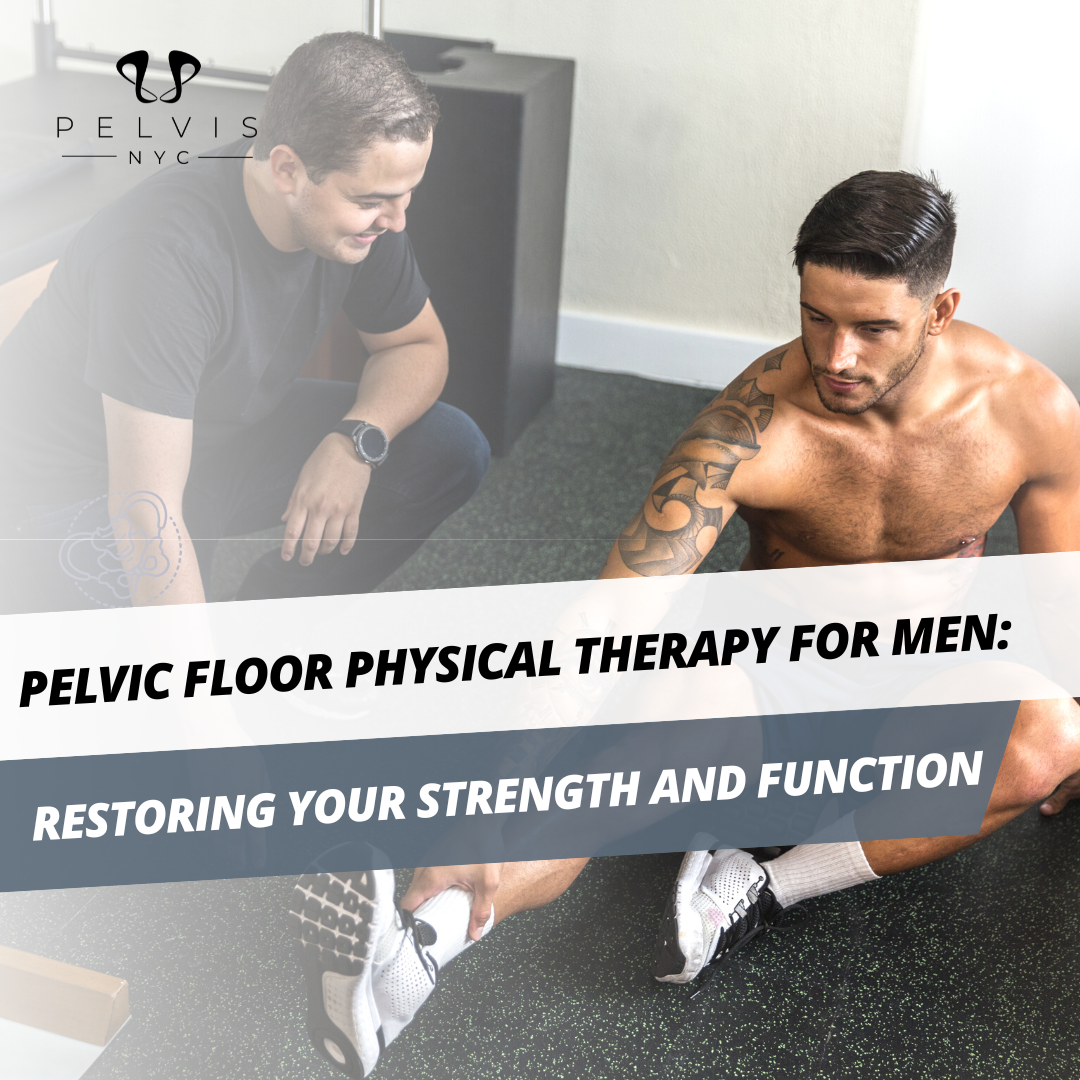Today, we’re diving into the world of pelvic floor physical therapy for men. Yep, you read that right—pelvic floor issues aren’t just a women’s thing. Men can experience pelvic floor dysfunction too, and it can mess with your quality of life. But fear not! In this blog, I, as a physical therapist with real-world experience, will be your guide, sharing valuable insights, personal views, and some down-to-earth advice to help you understand and tackle this topic head-on. So, let’s get started on restoring your strength and function!
Pelvic Floor in Men
Alright, guys, let’s talk about your pelvic floor. It’s a group of muscles that form a sort of hammock at the bottom of your pelvis. These muscles do some important work—supporting your pelvic organs, keeping your continent, and contributing to your sexual function. But just like any other muscle group, they can sometimes act up and cause trouble.
Common Pelvic Floor Issues in Men
Now, let’s get real about some of the common issues you might face down there:
- Urinary Incontinence: Yep, that’s when you have trouble controlling your bladder and end up leaking when you don’t want to. Think coughing, sneezing, or even just going for a jog.
- Erectile Dysfunction: It’s no fun when the soldier doesn’t stand at attention when you need him to. Trouble getting or keeping an erection during sex is what we’re talking about here.
- Chronic Pelvic Pain: Ongoing pain in your pelvic region that just won’t quit. It can make sitting, walking, or doing anything downright miserable.
- Pelvic Organ Prolapse: This is when your pelvic organs, like your bladder, rectum, or even your prostate, start shifting out of place because the pelvic floor isn’t providing enough support.
The Role of Pelvic Floor Physical Therapy
So, what can you do to tackle these issues? That’s where pelvic floor physical therapy comes in. Let me break it down for you:
- Evaluation and Assessment: Picture this—you and a skilled physical therapist having a heart-to-heart about your pelvic floor. They’ll dive deep into what’s causing your troubles and figure out the best plan of action just for you.
- Education and Behavioral Modifications: You gotta understand your pelvic floor, my friend. Your physical therapist will be your go-to guru, providing knowledge on the good bladder and bowel habits, helping you improve your posture, and teaching you relaxation techniques that’ll have you feeling zen in no time.
- Pelvic Floor Muscle Training: We’re all about building strength and coordination down there. Your therapist will show you specific exercises to target those pelvic floor muscles and help you get them in tip-top shape.
- Hands-On Help: Sometimes, a little hands-on assistance goes a long way. Your therapist might use manual therapy techniques to release muscle tension, improve blood flow, and help those muscles relax.
- Lifestyle Tweaks: Small changes can make a big difference. Your therapist may suggest things like adjusting your diet, managing your weight, and staying active to support your pelvic floor health.
- Retraining and Reclaiming Control: For those pesky urinary incontinence issues, your therapist can help you retrain your bladder and develop strategies to regain control and confidence.
Conclusion for Pelvic Floor Physical Therapy
Alright, guys, you’ve got the lowdown on pelvic floor physical therapy. Remember, this journey is all about you reclaiming your strength and function down there. Working hand-in-hand with a skilled physical therapist, you can conquer those pelvic floor issues, banish the discomfort, and get back to living your best life. Visit www.pelvis.nyc for further information and get a FREE 15-minute teleconsultation. Remember, you’re not alone on this journey, and together, we’ll make sure you come out on top!
You might be interested to read our blog: The Male Physiotherapist: An Interview with Dr. Adam Gvili, PT, DPT

